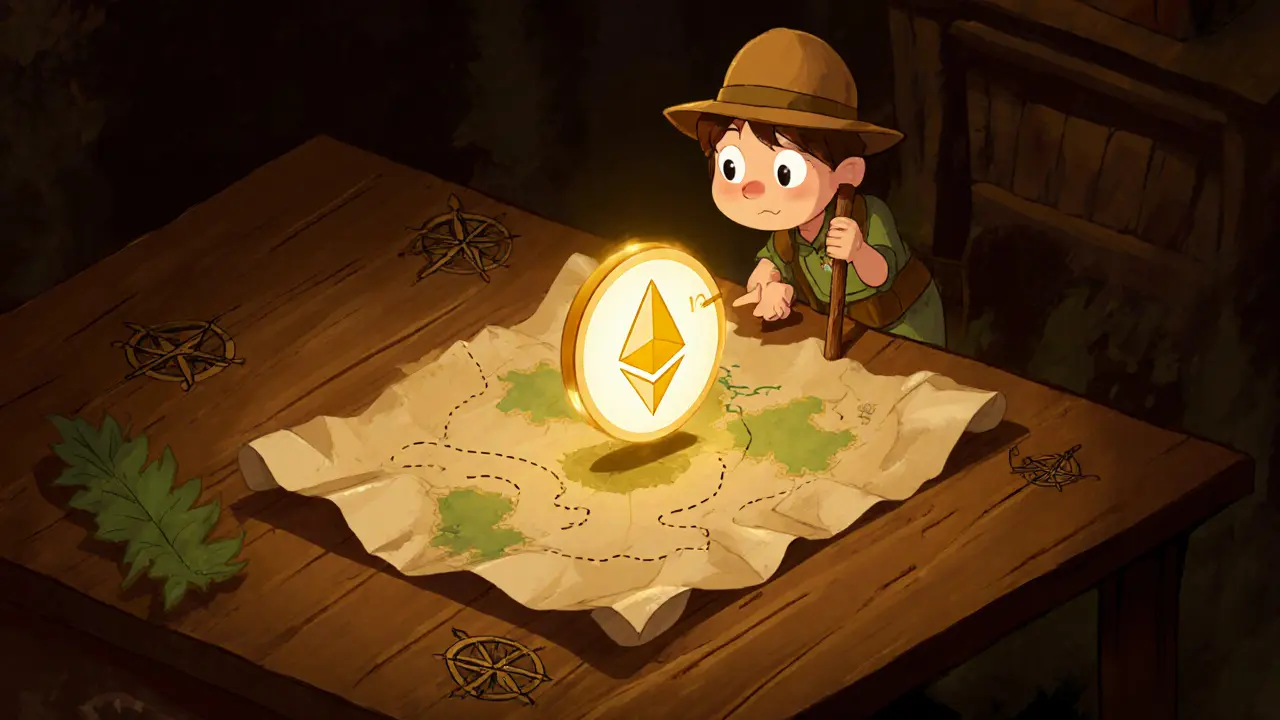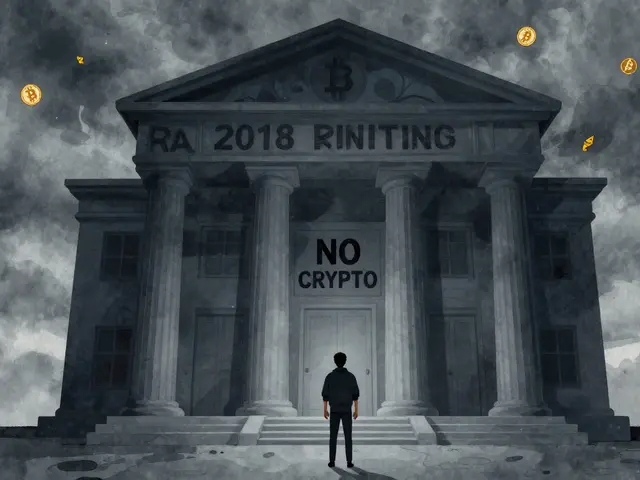ERC-20 Token Standard
Why ERC-20 matters today
When working with ERC-20, a technical standard that defines how tokens on the Ethereum blockchain behave and interact. Also known as Ethereum Request for Comment 20, it provides a set‑up that developers use to create fungible assets that can be sent, received, and queried by wallets and exchanges. This foundation lets anyone launch a coin without reinventing the wheel.
Understanding ERC-20 helps you navigate the crypto world.
One of the core building blocks is the smart contract, self‑executing code that lives on the blockchain and enforces the ERC‑20 rules. Without a smart contract, a token can’t enforce balances or transfers, so the standard explicitly requires functions like transfer and balanceOf. In practice, developers write these contracts in Solidity, compile them, and deploy them to the Ethereum network.
Because ERC‑20 tokens share the same interface, DeFi, decentralized finance platforms that offer lending, swapping, and yield farming can treat any compliant token uniformly. This uniformity powers liquidity pools on Uniswap, lending on Aave, and synthetic assets on Synthetix. In short, the standard enables “plug‑and‑play” finance where new projects plug directly into existing infrastructure.
The standard only works on Ethereum, the open‑source blockchain that introduced programmable money. While other chains have copied the idea (Binance Smart Chain’s BEP‑20, Polygon’s ERC‑20 compatible layer), the original specification remains tied to Ethereum’s account model and gas mechanics. Understanding Ethereum’s block time, gas price, and network congestion helps you estimate transaction costs for ERC‑20 operations.
Beyond the code, tokenomics, the economic design of a token’s supply, distribution, and incentives shape how an ERC‑20 token performs in the market. Fixed supplies, inflationary minting, or burn mechanisms each affect price stability and investor behavior. When you read our guides, you’ll see real‑world tokenomics dissected for projects like VerseWar’s VERSE token or the Ozonechain (OZONE) coin.
Airdrops often target ERC‑20 holders because the standard makes snapshotting balances trivial. Projects announce free token drops, ask users to claim via a contract, and then distribute rewards based on existing ERC‑20 holdings. Our articles walk you through safety checks, claim steps, and how to verify legitimacy before you click any link.
Security is a key concern. Since ERC‑20 contracts are immutable once deployed, any bug stays forever. Audits, formal verification, and community scrutiny reduce risk, but users should still watch for approval scams and phishing attempts. We cover examples like the fake COINBASE token scam that pretended to be an ERC‑20 asset.
From market caps to liquidity, ERC‑20 tokens dominate crypto analytics dashboards. Tools that pull on‑chain data—like token transfer volume, holder distribution, and contract interactions—rely on the standard’s event logs. Our market‑analysis pieces compare metrics for tokens such as Foxy (FOXY) on Linea or the emerging Melody (SNS) token.
All of this means that whether you’re a developer drafting a new contract, an investor sizing up tokenomics, or a trader hunting the next airdrop, the ERC‑20 ecosystem offers a rich set of resources. Below you’ll find a curated collection of guides, reviews, and deep dives that break down real projects, safety tips, and market insights—all centered around the ERC‑20 token standard.
One Share (ONS) Crypto Coin Explained - What It Is, How It Works, and Risks
One Share (ONS) is an Ethereum ERC‑20 token with low liquidity and unclear supply. Learn its basics, how to buy, market data, and risks before you invest.





